
Planet Earth
If the Earth were sliced in half, it would reveal multiple concentric layers. The outermost layer, similar to the peel of an apple, is known as the Earth’s crust. This crust, which ranges from 25 to 50 kilometers in thickness, is what we walk on and find in our yards and lawns. However, if we were to dig deeper, we would eventually encounter solid rock beneath the layer of soil or sand.
What lies at the depths of the Earth?
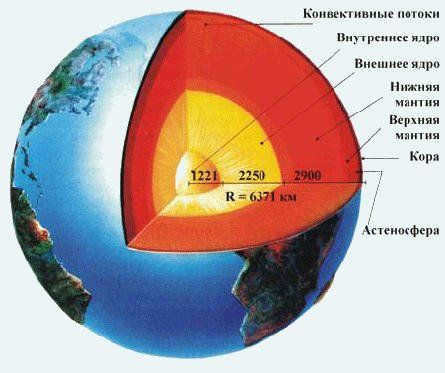
The majority of the Earth’s continental crust is composed of granite. In certain areas, such as the Grand Canyon, erosion has exposed the granite layer, allowing for observation and study. The ocean floor is also part of the Earth’s crust, but it is thinner (approximately 4.5 kilometers) and consists of a different type of rock called basalt. Below the Earth’s crust lies the mantle, an expansive layer that is approximately 3,000 kilometers thick.
If it were possible to construct a tunnel through the mantle, traveling from one end to the other in a car traveling at a speed of 80 kilometers per hour would take approximately 36 hours. However, such a journey to the Earth’s core is not feasible due to the extreme temperatures and immense pressure within the mantle.
Understanding the Earth’s Mantle

Scientists have limited knowledge about the deep layers of the mantle, but its upper layers consist primarily of peridotite, a type of rock. Peridotite is composed of minerals including olivine, pyroxene, and garnet, which is a red gemstone commonly used in jewelry. A portion of the mantle is believed to be a soft and malleable substance, as it is comprised of solid rock particles suspended in molten rock.
The core of the Earth
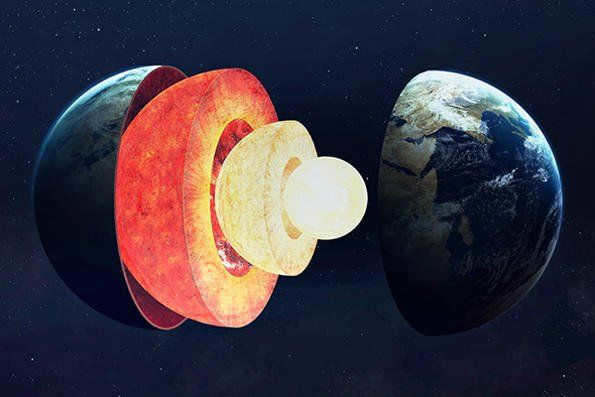

Finally, located beneath the Earth’s mantle is its core, which has a diameter of approximately 6,400 kilometers. One might assume that the core, shielded from the sun’s heat, would be colder than the combined temperatures of the North and South Poles. However, this is far from the truth. In fact, the core is an area of unimaginable heat, with temperatures ranging from 2200 to 3300 degrees Celsius. The intense heat is so extreme that the outer layer of the core is composed of molten metal. To visualize this, imagine a warehouse filled with iron pans that have been melted by heat – this provides a glimpse of what the Earth’s core is like: a liquid mixture of molten iron, oxygen, and sulfur. As the Earth rotates, swirling electric currents are generated within the iron core.
The density of the Earth’s core is extremely high due to the immense pressure exerted on it by the entire mass of the planet. This pressure is so intense that scientists believe the core, specifically its center, is composed of solid matter. Despite the extremely high temperatures, which surpass those found in a melting furnace, the pressure is so great that the particles of matter are tightly compacted and unable to move. Essentially, the Earth’s core is like a planet within a planet, with a solid ball at its center that is approximately three-quarters the size of the Moon, surrounded by molten iron on all sides.
What is the source of the heat at the core of the Earth?
The heat present at the core of the Earth has been stored for 4.6 billion years, originating from the collision of particles in space that formed the Earth. However, scientists believe that a significant portion of this heat is generated by radioactive processes occurring deep within the Earth. Radioactive elements found in the Earth emit particles, such as electrons, which collide with atoms in rocks, transferring some of their energy. This energy transfer leads to an increase in temperature within the rocks. In the early stages of the Earth’s formation, these radioactive elements significantly heated the rocks within the planet to extremely high temperatures. Rocks have a high capacity for heat retention, similar to a rock that has been heated by the sun.
What was the process of Earth’s core formation?
After a considerable amount of time, the Earth’s interior retained a significant amount of heat, preventing it from dissipating. Over millions of years, the temperature at the Earth’s core increased to the point where the iron within the rocks became molten. This molten iron, being denser than the lighter metals, eventually sank towards the center of the Earth, resulting in the formation of the Earth’s core.
Fascinating video about the Earth’s core
If you come across any mistakes, kindly select the incorrect text and use the Ctrl+Enter shortcut.

Every individual possesses a domicile, a place of residence. In contrast, we all inhabit the planet Earth.
Therefore, where can we find the location of the Earth in the vast expanse of space? How does it navigate through the cosmos?
Let us endeavor to uncover the solutions to these inquiries.
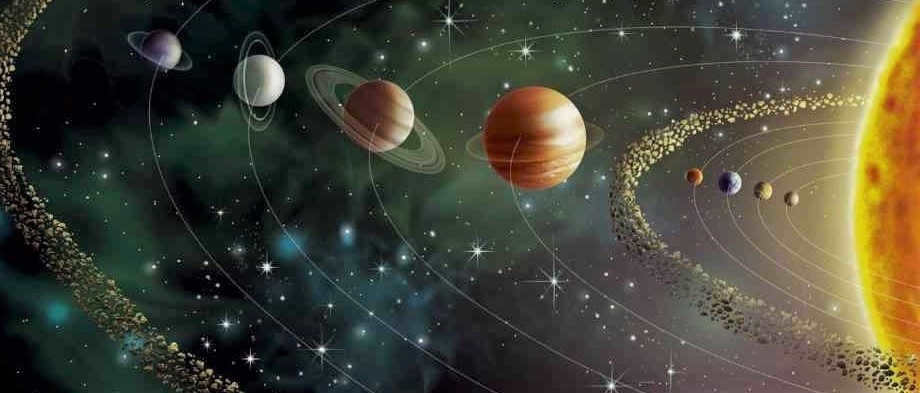
Earth’s Position in Space
It is highly probable that the Earth’s astronomical residence is situated in the vast expanse of outer space.
As commonly understood, the Earth occupies a position within the solar system. The planets within this system orbit around the Sun. Furthermore, this system is a constituent part of the Milky Way galaxy. A fascinating characteristic of our galaxy is the existence of five arms. According to astronomers, such a galaxy is classified as a spiral galaxy.
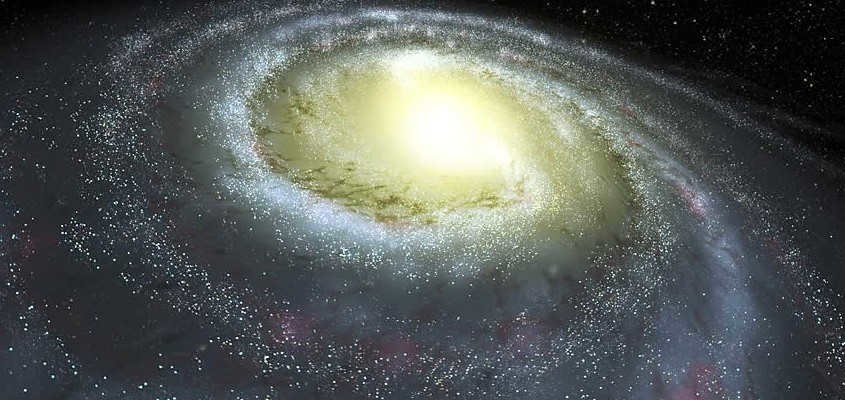
It so happens that the Earth is situated in one of these constellations. Specifically, in the Orion constellation.
There exists a gravitational link between galaxies in the vastness of space. Our Milky Way, along with the two nearby galaxies Andromeda and Triangle, as well as a few other smaller galaxies, make up what is referred to as the local group.
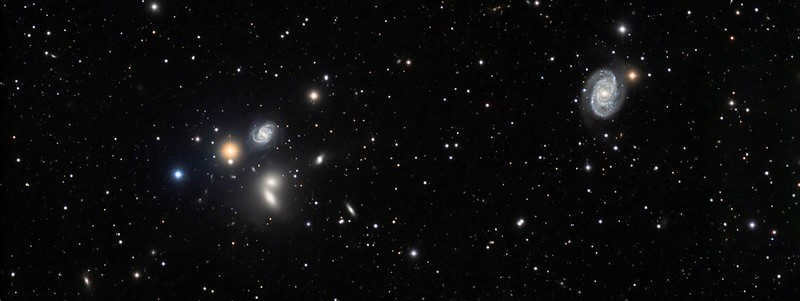
Moreover, the arrangement of galaxies in the vicinity follows the identical pattern.
The supercluster forms a cosmic filament. These are the most extensive groupings of celestial entities in the cosmos. Our position is within the Perseus-Pegasus filament.
Consequently, we have gradually determined the celestial coordinates of planet Earth.
Measuring the Distance in Space
The field of astronomy often employs its own standardized units of measurement.
The immense vastness of space necessitates a larger scale of calculation than what we typically use. As a result, scientists have devised several fundamental measurement units.
The Astronomical Unit
This unit represents the radius of the Earth’s orbit around the Sun. To be more precise, it is equivalent to 149,597,870,700 meters.
Equals to 63,241 AU, or 9,460,730,472,580 kilometers. It is equal to the distance that light travels in a vacuum in one Earth year. Interestingly, this measurement unit is exclusively used in literature and not in scientific papers.
Parsec
Represents the distance to a star that possesses an annual parallax equivalent to one angular second. More specifically, it is 3.2616 light years, approximately 206,264.8 AU or 3.0856776×1016 meters.
Advanced laser positioning and radar techniques
Utilize these cutting-edge techniques to precisely determine the separation between celestial bodies within our solar system.
The technique of radiolocation involves the utilization of a radio signal, which is transmitted to the target object and then the round-trip time is measured. Unfortunately, this method is only viable for short distances.
For more extensive measurements, the laser positioning method is employed. Instead of a radio signal, a beam of light is utilized in this method. By following the same procedure, the distance to the object of interest can be accurately calculated. It is important to note that this method provides a high level of precision.
The Trigonometric Parallax Method
This method is simpler and is employed to determine the distances to the most distant celestial objects.
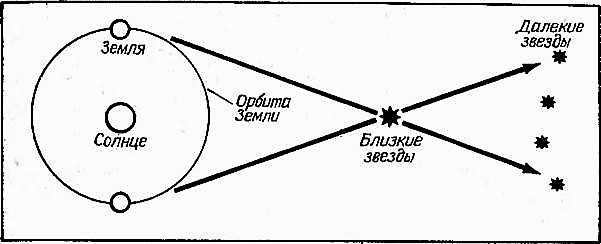
Recall the principles of geometry. We must create a line segment connecting two points on Earth. Next, select an object in the celestial sphere. This will serve as the vertex of the triangle. We must measure the angles formed by the line segment and the lines extending to the vertex. Now, using the measurements of the side and two angles of the triangle, we can calculate the remaining parts.
It is utilized for measuring distances in distant galaxies.
We are all aware that the further a source of light is, the dimmer it appears. Indeed, this method is based on this principle. Regrettably, it does not allow for highly precise measurements, but it does serve a purpose.
Determining cosmic distances is an extremely intricate and arduous process. It undoubtedly demands a great deal of attention. However, the human intellect has managed to tackle even such challenging tasks. The accomplishments and breakthroughs of scientists are truly deserving of admiration.
The Perseus-Pegasus galactic filament, the Pisces-Keith superscope complex, Laniakea, the Virgo superscope, the Local Group of galaxies, the Milky Way galaxy, the Orion arm, the Solar System, planet Earth.

In the address, instead of using “Orion’s arm, solar system,” it would be more accurate to say “Planet Earth, Fedya.”
Everything is ready now. Let’s get going.

This information is completely useless. It will only provide Earth astronomers with some insights.
In all extraterrestrial navigation manuals, the planet is designated as “49.5.”
Precision in the Cosmos
From a news article discussing the deployment of mirrors on the James Webb telescope:
XXX: Amazing, they are aligning mirrors in space, 1.5 million kilometers away, with a gap of less than 1 micron. Meanwhile, we struggle to hit the toilet from a step away in an office restroom, man.
You’re overthinking it.
It happened, if I’m not mistaken, about 7-8 years ago, I can’t say exactly to the day, but it was during the summer. I remember it vividly, as if it happened just yesterday.
We had a coworker, a friendly guy, but with some peculiarities. He had an explosive temperament, sometimes acting on his emotions before thinking things through. It used to amuse us a lot.
So, he bought a house around that time, let’s say in the suburbs, for a reasonable amount in American currency. After all, his family was young and they needed a place of their own.
One day, during our usual work break, we were sitting on the grass, passing around an empty bottle, when I suddenly remembered that Yura had moved to a new place. I decided to casually ask him where he would be raising his children.
Without hesitation, I asked him:
– Yur, please let me know the name of the street if I need to come to work.
Yura, feeling quite clever, decided to show off his intelligence and replied:
– The street is named after the first man to fly into space.
I confidently answered, even though I didn’t have a “C” in history:
The answer was so surprising that it left me and my colleagues in stitches! With a victorious smile, Yura exclaimed:
– You’re Gagarin! It’s Cosmonauts Street.
In this world, there is nothing new for a considerable amount of time. There will always be individuals who take something that is long forgotten and try to present it as something new. This can be seen in various aspects such as new-age religions, green men, ringing cedars, conspiracy theories, and even the Flat Earth Theory.
Flat Earth Society. (The Flat Earth Society is an organization that was initially founded in England and later revived in the United States. Its main objective is to promote the concept of a flat Earth. According to the Flat Earth Society, the Earth is shaped like a flat disk.
The Flat Earth Society is often classified as a form of denialism, which is an irrational rejection of established facts and scientific evidence.
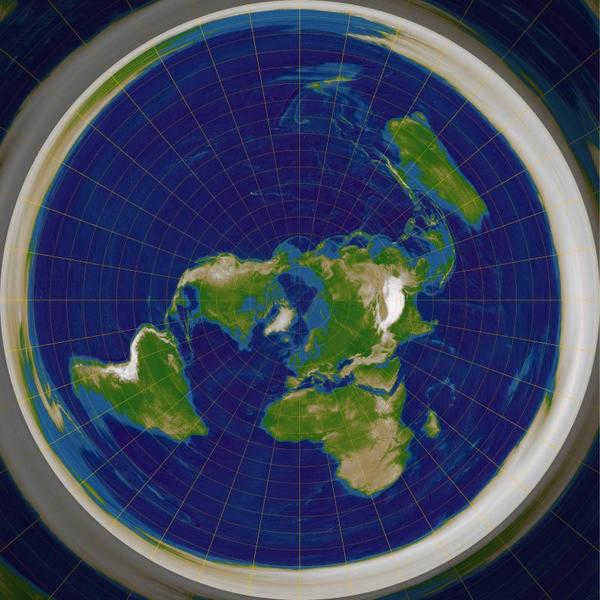

The concept of a flat Earth was first proposed by Samuel Rowbotham (1816-1884), an English inventor who provided evidence for the Earth’s flatness in the 19th century. His followers later formed the Universal Zetetic Society.
In the United States, Rowbotham’s ideas gained traction through John Alexander Dowie, who established the Christian Catholic Apostolic Church in 1895. After Dowie’s death in 1906, his deputy Wilbur Glenn Woliva took over as the head of the church and continued to advocate for and defend the notion of a flat Earth until his passing in 1942.
Samuel Shenton revived the World Zetetic Society in 1956 and rebranded it as the International Flat Earth Society. Charles Johnson took over as president in 1971 and under his leadership, the society gained a significant number of supporters. They spread their message through newsletters, leaflets, and other literature that promoted the idea of a flat Earth. The society’s leaders also claimed that the moon landing was a hoax, created by either Arthur C. Clarke or Stanley Kubrick and filmed in Hollywood.
After Charles Johnson’s death in 2001, the future of the International Flat Earth Society became uncertain.
The society’s supporters believe that those who disagree with them are part of a conspiracy to keep the truth hidden from the public.
Here is the cosmology believed by the society:
– The Earth is a circular disk with a diameter of 40,000 kilometers, positioned near the North Pole.
– The sun and moon revolve around the Earth’s surface. The same applies to the stars.
– The existence of gravity is refuted. Free-fall acceleration occurs because the Earth ascends with a relativistic acceleration of 9.8 m/s². Thanks to the curvature of space-time, it is possible to sustain this acceleration indefinitely.
– The South Pole is non-existent. What we perceive as Antarctica is a barrier of ice encircling the globe.
– All photographs of Earth taken from space are fraudulent.
– The distance between objects in the southern hemisphere is much greater. The fact that flights between them are faster than anticipated according to the flat Earth map is justified by the involvement of airline pilots in the conspiracy.
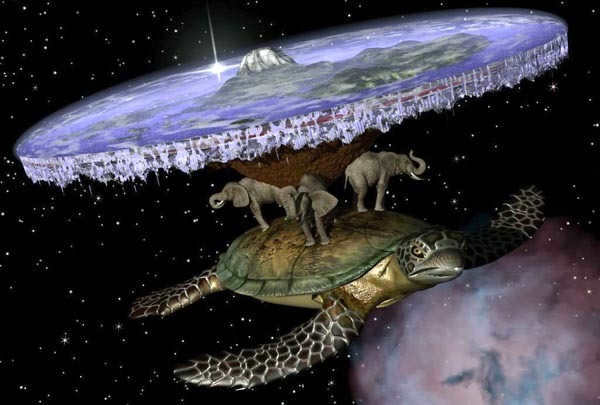

A new disturbing trend in physics suggests that the Earth is flat.
On the rare occasions when I just want to hang out on the Internet, I spend my time watching documentaries on various topics: weapons, space, physics, and so on. Recently, I have come across a certain trend that has been gaining popularity since around the spring of this year (2016). A whole movement has emerged to discredit the seemingly obvious fundamentals of the world.
I must confess that I occasionally have doubts about certain research and discoveries in the realm of physics and space. For instance, I am not entirely convinced that the speed of light is finite, and I also do not subscribe to the notions of space-time stretching and compression, or any of Albert Einstein’s ideas. Additionally, I am skeptical about concepts such as superconductivity, the potential benefits of light nuclear fusion, gravitational waves, light pressure, and even the existence of black holes, which currently remain purely theoretical.
However, despite my skepticism, I find myself quite removed from the viewers and bloggers of the year 2016.
And now, brace yourself for the latest conspiracy theory: the Earth is flat.
It is quite unfortunate that in our time, bloggers and researchers have started to fabricate evidence supporting the flat earth theory. Whether jokingly or seriously, they have been basing their arguments on poorly conducted experiments and a lack of understanding of certain effects. However, for the average internet user who has spent years sitting at a desk, these “facts” may appear to be unquestionably true and provide proof of a flat Earth.
The concept of a flat Earth has evolved into something more complex. On one side, religious individuals contribute to the discussion by sharing their poems in the comments, which naturally supports this trend. On the other side, this idea is expanding through the discoveries of Internet researchers, and it can be summarized as follows:
“The Earth is flat, with the Sun being smaller in size and much closer to us. Our reality is an experiment being conducted on us. Astronauts do not actually travel to space; they film their videos on Earth. The moon is not real; it is a hologram. These beliefs tie into the concepts of Freemasons, world conspiracies, and the idea of living in a matrix.”
As part of the theory that the Earth is flat and everything around us is a continuous deception and falsehood, the group of individuals decided to determine the distance from the Earth’s surface to the Sun. Two members of the group were located in different cities, with one in Krasnodar and the other in Novosibirsk. The experiment was conducted simultaneously according to Moscow time. Both individuals placed pegs into the ground, measured the length of the pegs and the shadows they cast. By calculating the angles of a right triangle and dividing it in half, they arrived at the conclusion that the Sun is approximately 6000 km away and has a diameter of around 58 km.
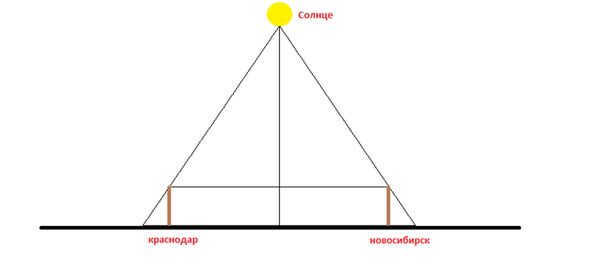
What were the guys thinking when they realized that the shadows in Krasnodar and Novosibirsk are on the same plane? It’s not clear. Especially if you take into account the longitude coordinates, with Novosibirsk at 82 degrees east longitude and Krasnodar at 38 degrees (not even considering the distance and curvature of the Earth by latitude). Such a small difference of 44 degrees was not even considered by the main experimenter and cover breaker SaulGoodman.
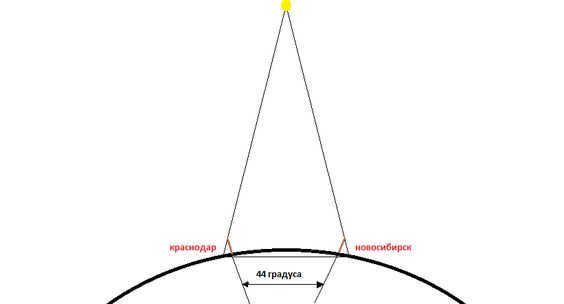

As you may have already noticed, the experiment was initially carried out incorrectly. However, with 1147 likes and 655 dislikes on the video, which has 52,000 views, it seems to suggest that two-thirds of the internet population in the CIS and Russia in particular, are deserving of such a government, all those scams that they often fall for, and in general they are still very fortunate in life.
To grasp the essence of this experiment, you need to take a look at the image below.

It is impossible to determine the distance to the source of light in trigonometry without making certain assumptions. The data may have been manipulated slightly to fit the narrative. Measurements such as lengths, directions, and angles are all subject to interpretation.
If you measure shadows at three different points, including one in the southern hemisphere, you can calculate the distance. However, if this calculation is done under the assumption of a flat Earth, it is not surprising that the calculated distance to the Sun would be thousands of kilometers.
And if the calculations are done within the context of the concave interior of the Earth, then we can estimate that the Sun is located within a radius of a few tens of kilometers. Great job, everyone!
A map illustrating the concept of a flat Earth.
Advocates of this theory often present the following map as evidence.
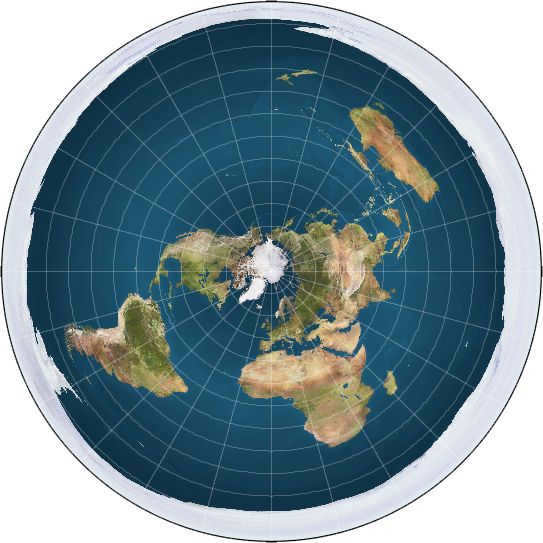

(By the way, this image is a representation of the Earth using a stereographic projection from the South Pole).
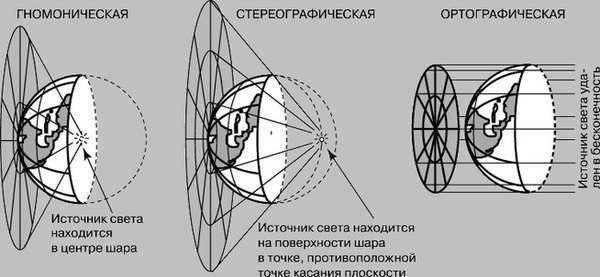
According to the theory of the flat Earth and its implications, our flat Earth is encompassed by a ring of ice, beyond which lies an entirely distinct world and civilization. I firmly believe that substantial evidence and compelling data are necessary to support such assertions.
1) At sunset, the Sun appears to diminish in size as if it were receding from us in a straight trajectory, rather than simply descending below the horizon.
The thickness of the atmosphere through which the sun’s rays traverse at the visible horizon and above it varies. Consequently, the Sun’s luminous corona diminishes in size, while also transitioning to a reddish hue.
If you capture the same image with a shaded lens, you will observe that the Sun maintains a consistent size in the sky.
So, let’s talk about the renowned skyscraper in the UAE that offers the unique experience of witnessing two sunsets – one at the base of the building and the other from its top floor, reached by a high-speed elevator. This observation serves as undeniable evidence that the sun indeed sets over the curved horizon.
2) Have you ever wondered why there are no direct flights over Antarctica?
You would think that a direct route from Chile to Australia would be shorter, but surprisingly, flights have to go through the northern hemisphere instead.
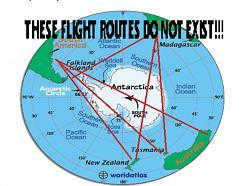

Indeed, the distance is as much as 11,366 kilometers in a straight line. For instance, from Sydney, Australia, to Santiago, Chile.
However, it turns out that this is exactly how airplanes travel. On a flat map projection of the Earth, it follows the same route.
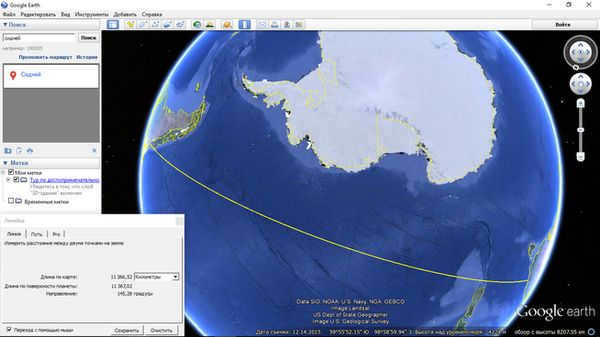

However, it is then revealed that this is precisely the same path that airplanes follow. On a two-dimensional representation of the Earth’s surface, it is the identical route.

Why don’t they fly over Antarctica? This is an important question to consider. Can you help me find the shortest route that goes through Antarctica? I’m curious to know where this route starts and ends.
3) The phenomenon of light shining through clouds is quite intriguing. It suggests that the Sun may be much closer to us than what official science claims. It challenges the idea that the Sun is a star and presents an interesting possibility that it could be a flashlight.

Undoubtedly, when examining comparable photographs depicting the Sun’s rays piercing through a thick layer of clouds, one can observe that the beams of light disperse at an angle that would suggest the light source being in close proximity to the clouds. Once again, this serves as evidence for experimental observations.
However, one might question why we do not perceive vertical rays emanating from the Sun, considering its immense distance of 147,000,000 km from Earth and its diameter of 1,392,000 km.
Indeed, the sun’s rays are spreading out at an angle as they pass through the clouds. However, it is important to note that the atmosphere extends beyond the clouds. In the photo above, for instance, the clouds are located at an altitude of approximately 2000 meters (2 km), while the atmosphere extends up to 100 km above the Earth’s surface. This phenomenon allows us to observe the pattern of light rays refracting through a 98 km air lens as they pass through the open layers of the clouds. It is also why we often see sunsets slightly later than they actually occur and sunrises slightly earlier.
A rocket being launched reaches the expanse of the sky.

The rocket has reached the sky dome! It did not enter the realm of outer space! What a sensation!
These are the conclusions drawn by the video’s creator. However, I still have a lingering question: Why would the rocket venture into the vastness of space?
The rocket reached an altitude of 254,000 feet. The speed of the rocket, as indicated in the video, is approximately 3800 mph (6115 km/h), which is roughly equivalent to 1.6 km/sec.
The video’s creator clearly lacks knowledge of the required velocities for an object to become a satellite of the Earth, which is approximately 7.9 km/s. Additionally, to transition from Earth’s orbit to the orbit of the Sun, a speed of around 11.2 km/s is needed. These are known as the first and second space velocities, which are determined solely by the gravitational force exerted by the Earth.
Furthermore, the video’s creator inexplicably fails to acknowledge the existence of satellites that orbit at altitudes of 400 km and above, despite being at a mere 78 km above the Earth’s surface. These satellites range in size from that of a soccer ball to several meters in diameter. It is truly perplexing.


Astronauts don’t actually travel to space – it simply doesn’t exist!
This statement, according to the flat Earth theory, needs to be further elaborated.
There is no outer space. All astronauts are colluding and are part of the Freemasons. There are no satellites or spaceships in orbit. Pilots deceive everyone about flight routes because they are also colluding or fear for their lives.
If we disregard all the nonsense that the author is spouting due to their lack of knowledge in spacecraft technology, celestial mechanics, we can focus on one point (3:21).
While visiting the NASA agency, D.Bush Sr. observed a blue chromakey on the background screen featuring an astronaut. The author asserts that these staged videos created on the International Space Station are entirely fictional.
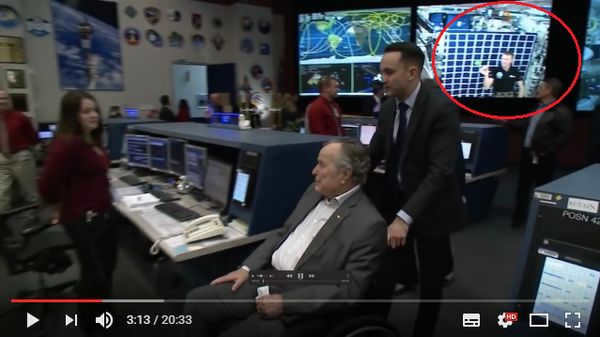

It should be mentioned that the use of blue chromakey by NASA has caused a significant backlash among internet users. NASA has not provided a clear explanation for its use. On the internet, you can find numerous videos where the creators, referring to this video, come to the conclusion that everything happening on the ISS is nothing but a staged event.
Indeed, this type of chromakey is commonly used as a background for 3D animation. This technique is known as orad virtual technology. However, the blue screen captures in this video look slightly different from those used in the ISS footage.

The astronauts, however, opted for a slightly different approach, utilizing a distinctive sector that was impeccably marked, with each sector being of equal size.
However, it remains somewhat unclear as to what the astronauts intended to conceal by only covering specific sections of the ship’s internal structures and equipment.
This particular technique is more suitable for capturing video footage of objects in motion against a clear background. That’s why it was divided into numbered sectors with coordinates. As depicted in the video below, this is how it was implemented.
When utilizing a chromakey of this magnitude, one can’t help but ponder – what secrets were the astronauts aiming to conceal behind such a large piece of fabric? What visual effects were they seeking to create?
One of the undeniable evidences of the presence and operation of the ISS is the demonstration of weightlessness, an impossible phenomenon to recreate under terrestrial conditions. While there are methods to create weightlessness in airplanes during parabolic flights, these experiences only last for a very short period of time. So, how can we explain the hundreds of videos that can be found on YouTube, which show continuous footage lasting for several tens of minutes without any cuts or edits?
Furthermore, how can we interpret this photograph? It clearly shows the curvature of the water, with the tops of houses from the other side of the shore protruding. How is it possible to see only the tops of the houses without being able to see the shore or the land itself?

To summarize, it should be noted that the majority of proponents of this theory are fervent followers of various religious movements. The overall decline in education in the exact sciences field influences the increasing number of supporters of this theory. All the alleged facts are merely a misinterpretation of natural phenomena in favor of one theory or another.
In one instance, this serves to generate views for monetization purposes, while in another, it serves to mislead ordinary individuals.
This is similar to what magicians often do, by the way.
If you inquire about the location where we reside, the response will probably consist of the designation of a specific municipality or village, street, dwelling, or apartment. Perhaps an individual might mention a particular country, or a jocular individual might jest that their dwelling is situated on planet Earth. Such is the manner in which we dwell on Earth, and not all inhabitants possess an awareness of its position within the expansive cosmos.
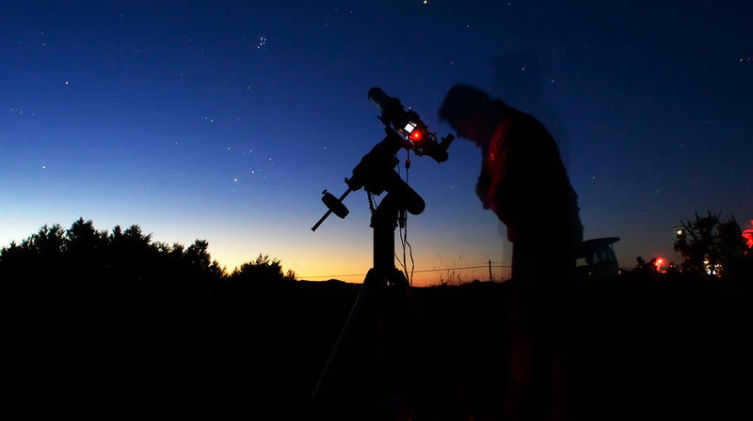
Our position in the cosmos is what we refer to as our astronomical address. Astronomical address. What purpose does it serve? It isn’t required for mailing letters, nor is it listed on our passports – so perhaps it’s best to do away with it?
However, a man living in the thirteenth century A.D., who regarded his village as the entire world, would have had a similar understanding. He believed that the sun set behind the hills and rose behind a specific stream. In the twenty-first century, we should not only be able to browse the Internet, but also have a grasp of our astronomical location, so as to distinguish ourselves from our distant ancestors and comprehend the worldview.
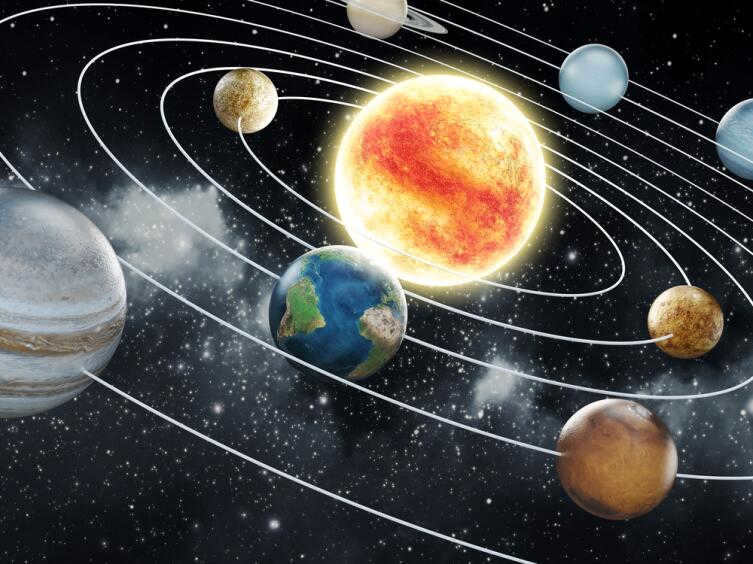
Conversely, delving into the vast abysses of space explored in the realm of astronomy can be truly unsettling. It brings to light the insignificance of our existence in the grand scheme of the universe, making one question the value of such knowledge. Perhaps it would be more comforting to live in ignorance within our own little world, shielded from the complexities of distant and enigmatic phenomena. Naturally, individual perceptions may vary, but personally, I maintain the belief that contemplating the infinite does not diminish our significance; rather, it illuminates our connection to something greater, something immense. Such contemplation offers a new perspective on our trivial problems. If you’re curious about our true place in the universe, feel free to continue reading. Hopefully, you’ll uncover something novel.
Exploring the Journey from Earth to the Solar System
Our cosmic expedition begins with a visit to our home planet, Earth. This extraordinary celestial body boasts a distinctive blend of elements, including an unparalleled atmosphere, vast oceans that adorn its surface, and a shield formed by a robust magnetic field, ozone layer, and ionosphere that safeguards it from harmful radiation. Situated approximately 1 astronomical unit away from the Sun, Earth occupies a unique place in our solar system.
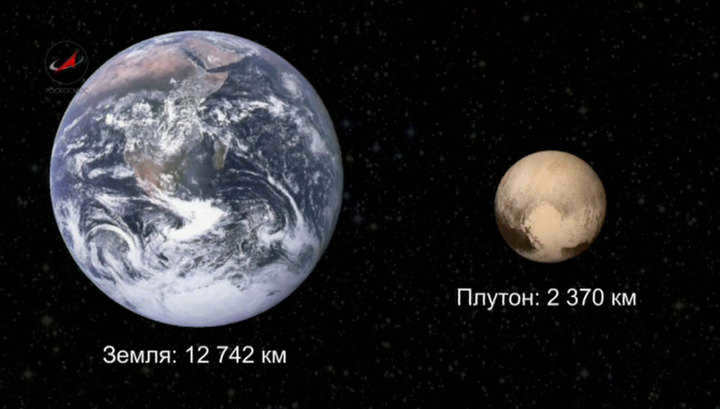
It is not difficult to guess that the concept of the astronomical unit was created as a kind of reference point. If we convert this distance into kilometers, we will obtain the maximum distance of the Earth from the Sun – Aphelion, which is approximately 152 million kilometers. This is the distance our planet is located from the Sun. Or is it considered close?
It appears that we are still very close to other celestial bodies. For instance, Pluto, which is located near the edge of our solar system, is approximately 12 billion kilometers away, or 80 astronomical units. This illustrates the vastness of our planetary system. Interestingly, the most significant component of our system is not the planets, but rather our very own Star – the Sun. The Sun accounts for about 99% of the total mass of the entire Solar System. If we calculate the combined mass of all the planets, including the relatively small Earth and the massive Jupiter, it amounts to less than 1% of the total.
This realization truly prompts us to contemplate our position in the universe. Within the solar system, the Earth is simply one of the planets within the Earth group, which also includes Mercury, Venus, and Mars.
However, let’s move forward – we have come to the realization that we are among the planets within the Earth group, situated in the Solar System, with the central star being the Sun. In order to fully comprehend the vastness, it is important to take note that our Sun, which appears as a diminutive, radiant beacon from Earth, actually possesses a diameter nearly equivalent to 109 times that of the Earth.
“The immensity of the Sun is truly awe-inspiring!” – such a notion crosses one’s mind. Nevertheless, within the grand scope of the galaxy, it is simply an average yellow dwarf, a star that is relatively small and unremarkable. Amongst the luminous family of stars, there exist immense red giants, which are thousands of times larger than the Sun. This is the magnitude of the cosmos!
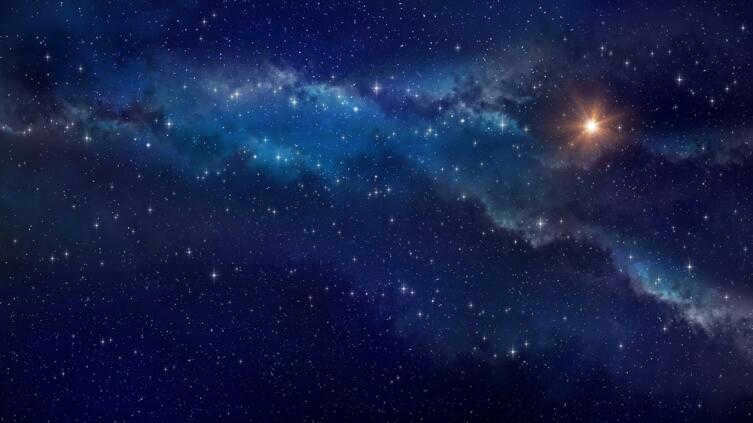
Undoubtedly, the Sun is also a component of a much larger system. This system is known as our galaxy, the Milky Way. On a clear night devoid of moonlight, we can observe a faint streak across the sky, which is a visible part of our galaxy. When we look at this band using binoculars, we witness an immense number of stars. In fact, there are approximately 200 billion stars in our galaxy, excluding the Sun, although some scientists argue that the number may be twice as high. All of these stars form an enormous spiral that revolves around its central point.
Located in one of the branches of the spiral – the Orion arm, our Sun holds a rather peripheral position within this vast collection of stars. Similar to billions of other celestial bodies, it orbits around the galactic center. However, the Sun is situated relatively closer to the outskirts, approximately 26,000 light years away from the central point. Consequently, if we were to embark on a journey to the galactic center at the speed of light, it would take us millennia to reach our destination.
Exploring the Vastness of the Universe
Here we find ourselves in the magnificent expanse of the Milky Way, a colossal spiral disk stretching across space and time, with a diameter of 100 thousand light years and countless stars illuminating its path. However, our galaxy is not solitary in the cosmos. There exist an immense number of galaxies – modern astronomers are currently able to observe 100 billion of them, yet it seems there are even more awaiting discovery.
Within the cosmic neighborhood of the Milky Way, we encounter the distinguished Large and Small Magellanic Clouds as well as the captivating Andromeda Galaxy. Alongside these neighboring galaxies, the Milky Way forms part of the local group, a cluster of approximately 50 galactic systems.
The local group itself is part of the Virgo galaxy supergroup, an expansive collection of galaxies spanning a radius of 200 million light-years and boasting a staggering thirty thousand galaxies.
The magnitude of the scale is mind-boggling, evoking a sense of wonder at the immensity of these systems. However, what lies beyond? Beyond that, we can identify the portion of the Universe that we can observe through all the devices available to us, known as the Metagalaxy. Following that is the entirety of the Universe, with boundaries that modern physics acknowledges, although their precise definition remains purely speculative.
Summarizing
In front of us lies an infinite chain – our astronomical address:
Earth – planets of the Earth group – Solar system – Orion arm – Milky Way galaxy – local group of Galaxies – Virgo super cluster – Metagalaxy – Universe.
When we gaze upon the starry sky, we can truly grasp the immense scale of our Universe. It highlights the paradoxical nature of our existence – both insignificant and monumental in its significance. As we venture to conquer the solar system and delve deeper into our galaxy, we are reminded that we are mere specks on the vast shore of the Universe. However, this realization only fuels our desire to strive for more, to push the boundaries of our development, unrestricted by anything other than our own limitations.
If this article has managed to temporarily divert your attention from the trivialities of our earthly existence and inspire you to contemplate the vastness of the Universe, even if only in your thoughts, then my efforts in writing it have not been in vain.
Many individuals hold the belief that our solar system consists of eight planets and the dwarf planet Pluto. While this is indeed accurate, the boundaries of the Solar System extend far beyond Pluto’s orbit, encompassing numerous fascinating celestial objects scattered throughout the interstellar space that spans from Pluto to the outer reaches of our cosmic home. In this article, we will provide insight into the precise location of the authentic periphery of our solar system.
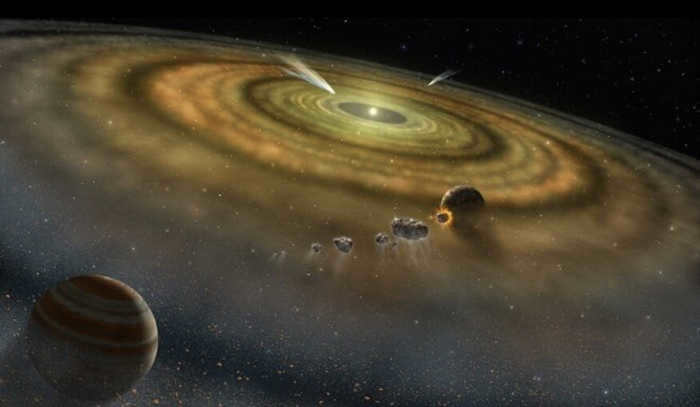
What lies beyond the orbit of Pluto?
When Clyde Tombaugh discovered Pluto in 1930, there was speculation about the existence of other planets or celestial bodies beyond its orbit. Today, telescopes such as PANSTARRS and the upcoming Vera Rubin telescope are scanning the entire expanse of the night sky in the hopes of discovering something within the Kuiper Belt.
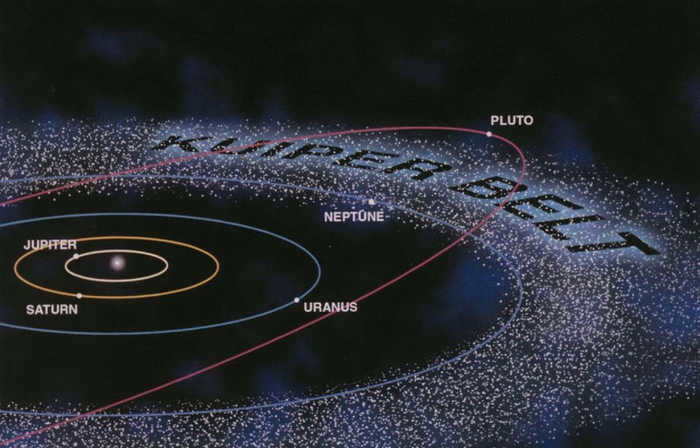
Located beyond Neptune’s orbit, the Kuiper Belt is a collection of asteroids and small celestial bodies, including Pluto. Often confused with the Kuiper Belt, the Oort Cloud is even farther away and consists of more comet-like objects. Scientists believe that the Kuiper Belt is composed of remnants from the formation of our solar system.
Now, let’s talk about the Oort Cloud. Unfortunately, the existence of the Oort Cloud is still hypothetical. Theorists suggest that it is located between 50,000 and 100,000 astronomical units away. However, it should be noted that the Oort Cloud is not considered the edge of the solar system.
The heliosphere and Hill’s sphere
In order to determine the precise boundary of the solar system, it is necessary to comprehend the extent to which the solar wind extends and where solar gravity no longer dominates.
The region that remains constantly influenced by the solar wind is known as the Heliosphere. The heliopause, which marks the limit of the heliosphere, is located approximately 100 astronomical units away from the Sun. As we move further away from the Sun, around 60-70 astronomical units, the solar wind experiences a rapid deceleration due to its interaction with interstellar gas. Eventually, at the heliopause, the flow of solar plasma becomes completely balanced by the pressure exerted by interstellar gas.
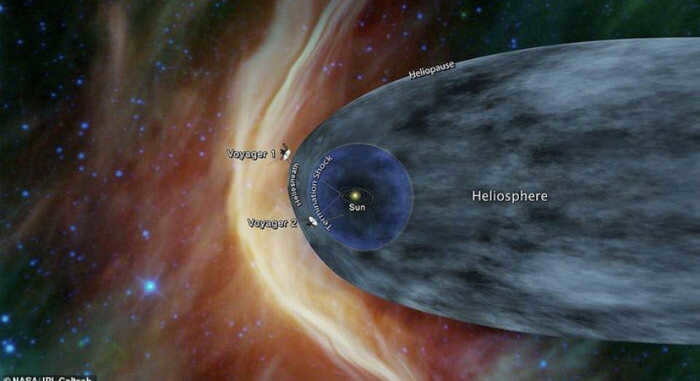
Nevertheless, the gravitational pull of the Sun is still significant at much greater distances. According to some researchers, the sphere of Hill, which is a region dominated by the gravitational influence of a celestial body, extends to 125,000 astronomical units from the Sun. Consequently, it is this measurement that can be referred to as the genuine boundary of our solar system.
Devices situated at the periphery of the heliosphere
The renowned American spacecraft Voyager-1 and Voyager-2 embarked on their journey from Earth in 1977 with the purpose of investigating the colossal planets. In the year 2012, Voyager-1 ventured beyond the heliosphere, while in December 2018, the Voyager-2 probe accomplished the same feat. Nevertheless, these vehicles continue to transmit signals to Earth.
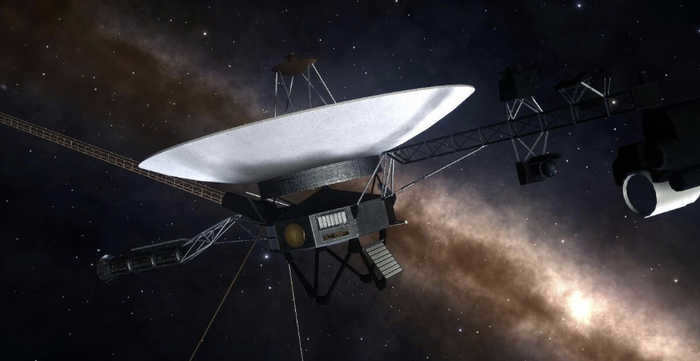
“Voyager 2.”
In addition to the well-known Voyagers, there are also other spacecraft operating at the outer reaches of the solar system, such as “Pioneer-10”, “Pioneer-11”, and “New Horizons”. These spacecraft will also eventually exit the heliosphere and venture into interstellar space, just like the Voyagers did.
One interesting fact is that in a few tens of thousands of years, these probes may encounter other stars. For instance, the Voyager 1, Voyager 2, and Pioneer 11 probes will encounter the star Proxima Centauri, while Pioneer 10 will meet the small red dwarf Ross 248.
Add a positive sign to view more articles on space and science in your feed!
Subscribe to my channel here, as well as my Telegram channel CosmoVision where all the action is). You can also find a lot of interesting materials and ask questions there.
Regarding LL: The Hill’s sphere is dominated by the gravitational influence of the Sun, extending up to 125,000 astronomical units.
While you may struggle to keep the website at work from crashing every few days, there are real engineers out there building something that can fly at unimaginable distances from the ground and still function and respond.
“The solar system reaches its boundary when the gravitational influence of the Sun is comparable to that of its neighboring stars. This occurs approximately halfway between the Sun and the nearest stars.” – Sergei Popov, astrophysicist and professor at the Russian Academy of Sciences.
The edge is where the fence is located, separating neighboring star systems.

Discovering the whereabouts of the constellation Orion.
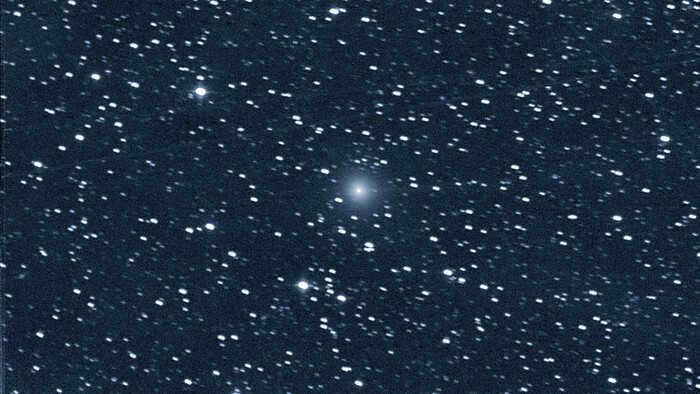
Comets are unexpected visitors. While the old ones, which we have known for a long time, can be disappointing (which is not surprising as they have had time to deplete and melt upon repeated approaches to the Sun), newly discovered comets can often be bright and spectacular. However, this is not always the case.
The discovery of Comet C/2023 P1 was made by astronomer Hideo Nishimura from Japan on the night of August 11-12, 2023. This remarkable comet can still be observed in the constellation Gemini. It is quite fortunate to stumble upon such a faint and nebulous celestial object, especially in the midst of the brightening predawn sky. This discovery serves as a testament to Nishimura’s exceptional professionalism and a stroke of great luck.
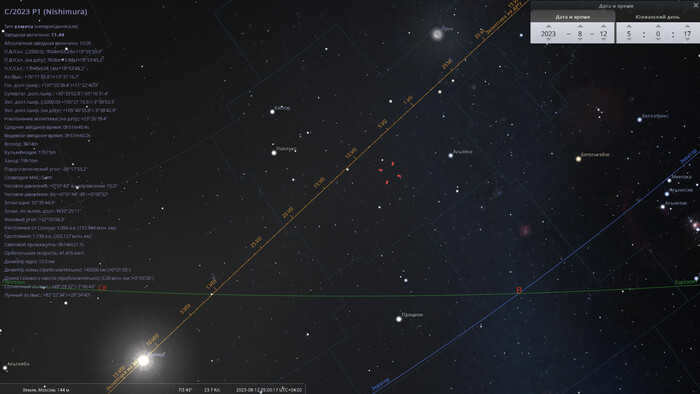
On the morning of August 12, 2023, the comet C/2023 P1 was located in the constellation Gemini (when it was first discovered).
However, the brightness of the comet increased with each passing night. Now, after a week, it has already surpassed 10 stars in brightness. It is even visible through medium-power amateur telescopes. Although Nishimura’s comet can still be seen before dawn, the overall viewing conditions have slightly improved since its initial discovery.
What Comes Next?
By September 18, 2023, the comet will reach perihelion (the point in its orbit closest to the Sun) at a distance of 33 million kilometers from its luminous surface. This is approximately twice as close as Mercury. However, unlike Mercury, which is a rocky planet, the comet is composed of ice, which will begin to melt and vaporize well before reaching perihelion. This process is already underway, and astronomers have observed a small tail (measuring only 8-10 angular minutes in length) consisting of gases and dust emitted from the heated core of the comet.
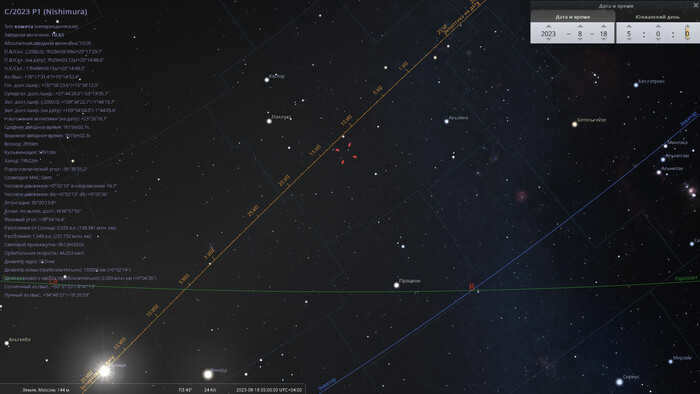
On the morning of August 18, 2023, comet C/2023 P1 can be found in the constellation Gemini.
Currently, the comet is in the process of crossing the Earth’s orbit and is actually positioned on the opposite side of the Sun from our perspective. As a result, the distance between the Earth and the comet is quite significant, measuring one and a half astronomical units. However, this situation is rapidly changing.
By the beginning of September, the comet will be just 1 astronomical unit away from Earth (and only ½ ae from the Sun). The angle between the Sun and the comet (elongation) will slightly decrease from 35 to 30 degrees. However, this minor setback will be offset by the growing difference in declination between the two celestial bodies. In fact, the comet’s tail will be visible directly above the Sun, allowing for excellent viewing opportunities even before sunrise.
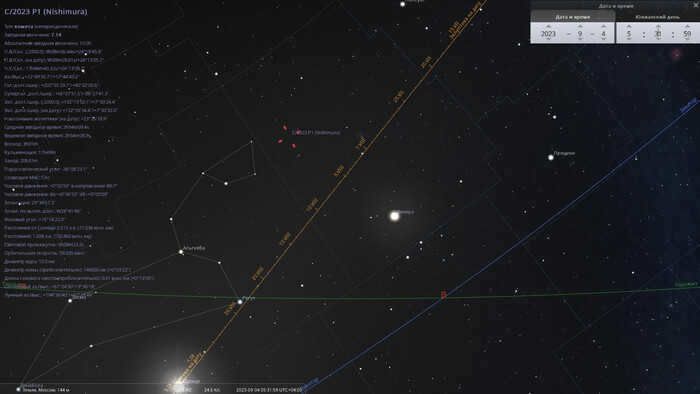
The constellation of Cancer will be the location of comet C/2023 P1 on the morning of September 4, 2023
Comet C/2023 P1 Nishimura will be positioned in the constellation of Cancer in the sky, close to the border with the constellation of Leo (the asterism known as “Lion’s Head” – a prominent feature to search for), and nearby, bright Venus will also shine in the same constellation. On September 4, 2023, the comet’s brightness will reach the 7th magnitude, making it an easily observable object with binoculars.
On September 9, 2023, in the morning, the comet C/2023 P1 will come within 1 degree to the west of the star Adhafera (Zeta Leo), and it will shine with a brightness equivalent to the 6th star magnitude. People in areas with optimal conditions like mountains, deserts, or steppes will be able to see the comet without any optical aids.
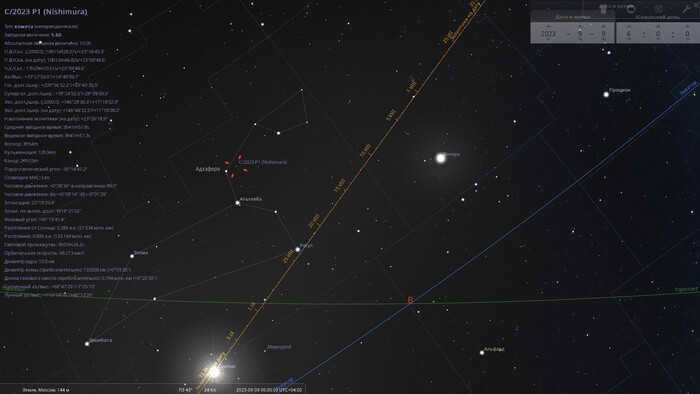
The comet C/2023 P1 will be located in the constellation Leo on the morning of September 9, 2023.
Regrettably, the distance from the Sun will decrease to 22 degrees, but the comet will continue to rise above the ecliptic. Despite the limited elongation, it will still be visible for at least one and a half to two hours.
In the following days, the brightness of the comet will increase, but the distance from the Sun will decrease, making observation more challenging.
By September 12th morning, the comet’s brightness will reach a magnitude of 5 stars, and its elongation will decrease to 17 degrees. Simultaneously, the comet will remain visible above the Sun, providing an opportunity to locate it in the morning twilight near the star Zosma (Delta Leo).
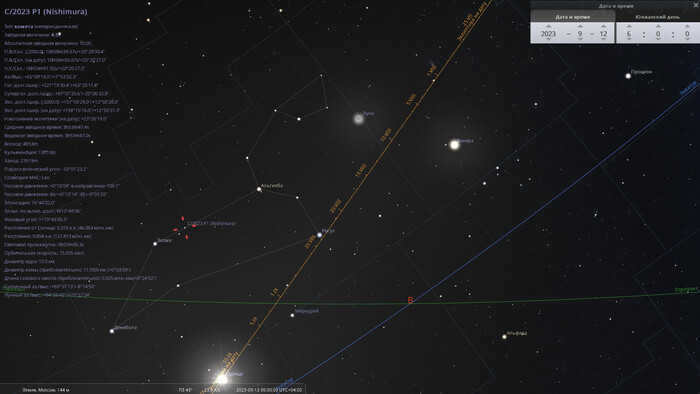
The constellation Leo will be the location of comet C/2023 P1 on the morning of September 12, 2023.
On September 15, in the morning, the comet will approach the 2nd magnitude star Denebola (Beta Leo). During this time, the comet will only be slightly fainter, around the 3rd stellar magnitude. However, it will be challenging to observe both celestial bodies against the bright background of the dawn sky.
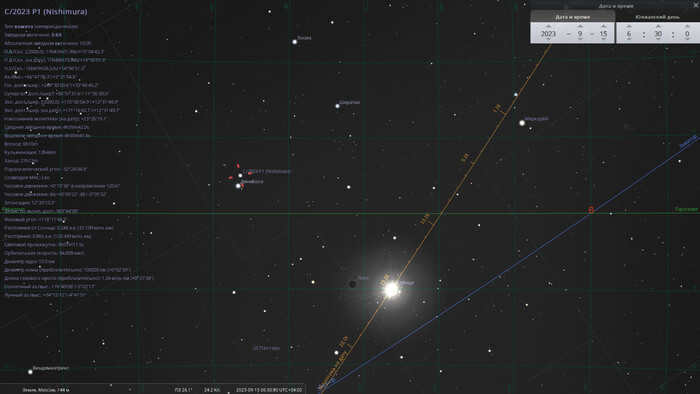
The position of comet C/2023 P1 in the morning of September 15, 2023 in the constellation Leo
During perihelion, it is expected that the comet will have a brightness of approximately 2nd magnitude. In the evening, residents of the northern hemisphere will have the opportunity to observe the comet, but only shortly after sunset, as it will be located in the northern area of the Virgo constellation. In the southern hemisphere, it will be either impossible or extremely challenging to spot the comet, as its declination is still significantly higher than that of the Sun.
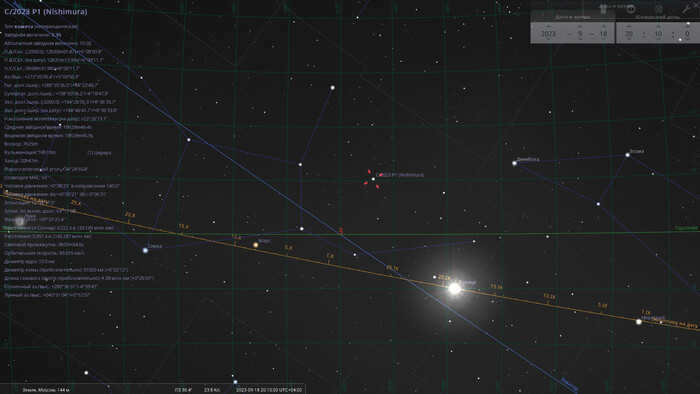
On the evening of September 18, 2023, the comet C/2023 P1 will be located in the constellation Virgo as it reaches perihelion.
As the days go by, the comet will gradually move further into the southern celestial hemisphere and will cross the equator at almost the same time as the Sun, which is on September 21, 2023, a day before the autumnal equinox. The comet’s brightness will also decrease to 4.5m.
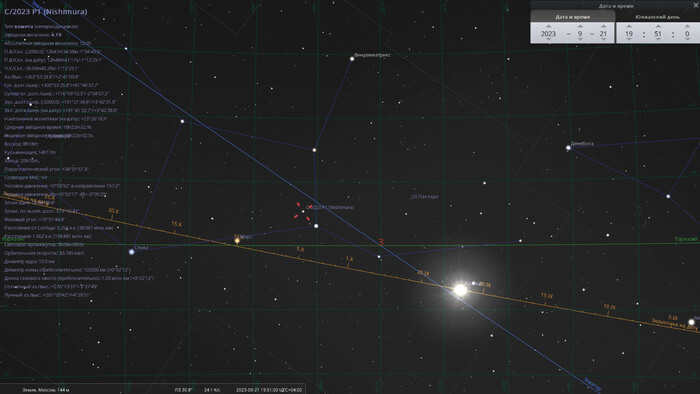
The location of comet C/2023 P1 in the night sky on September 21, 2023 in the constellation Virgo
You can spot comet C/2023 P1 Nishimura on the evening of October 1, 40 minutes after sunset near the border of the constellations Virgo and Raven. However, to do so, you will need to be in Australia or the mid-latitudes of South America… maybe even at the southern tip of Africa. The comet’s brightness will only be about 7.5m, so it’s not really a good idea to buy tickets just for this occasion.
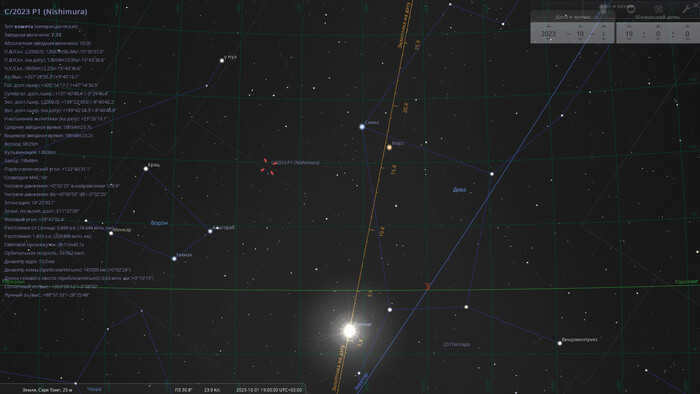
On October 1, 2023, the comet C/2023 P1 can be observed at the boundary of the Virgo and Raven constellations, specifically for observers in Cape Town, South Africa.
By mid-October, the comet will continue its journey southward and will be located in the tail section of the Hydra constellation. Its brightness will diminish to the 10th magnitude, making it difficult to observe even in the southern hemisphere. Eventually, the comet will no longer be visible to astronomy enthusiasts worldwide.
When can we expect the comet to come back?
Not during our observation period. Currently, we only have approximate data on the orbital elements. These estimates are sufficient to predict the comet’s position in the sky for the next few months. However, we do not know the exact period of its orbit. Despite being classified as a long-period comet, its orbit is highly eccentric, possibly even parabolic. This means that the comet may return to the Sun in a million years or it may never return at all.
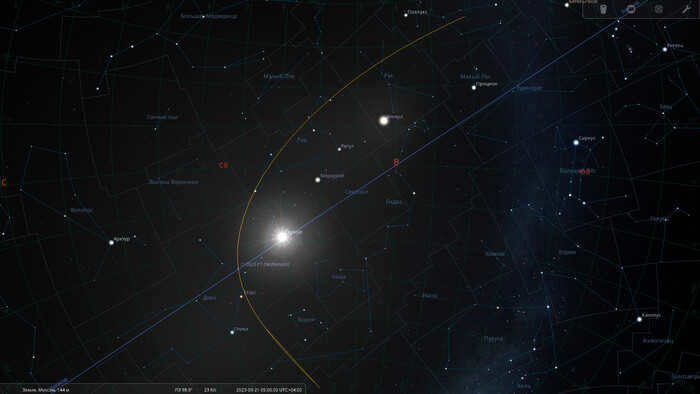
The path of comet C/2023 P1 Nishimura from August 12 to November 1, 2023.
All charts were created using the Stellarium software.

Commencement of the astro-season
The onset of darkness in our vicinity signals the beginning of the season. Although it may be a tad premature, as the nights are still not completely devoid of light, I am eager to field-test my new camera in its natural habitat. The fortuitous convergence of the Perseids meteor shower, a day off, a relatively moonless sky, and clear weather provides the perfect opportunity for us to venture into the fields.
I decided to start with capturing the Milky Way, as it is currently positioned exceptionally well in our area, with even its nucleus slightly visible.


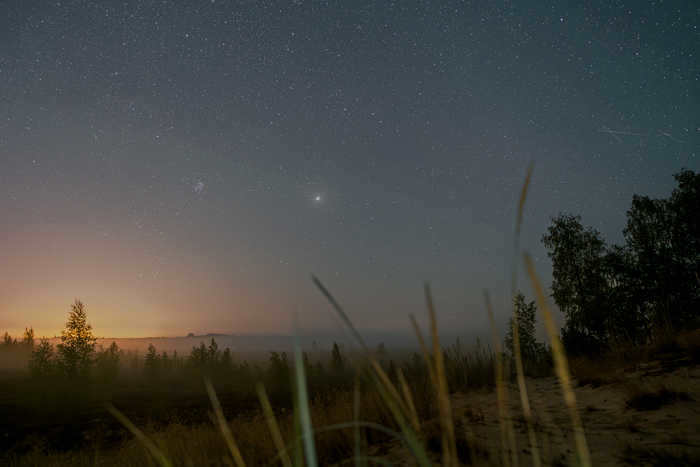

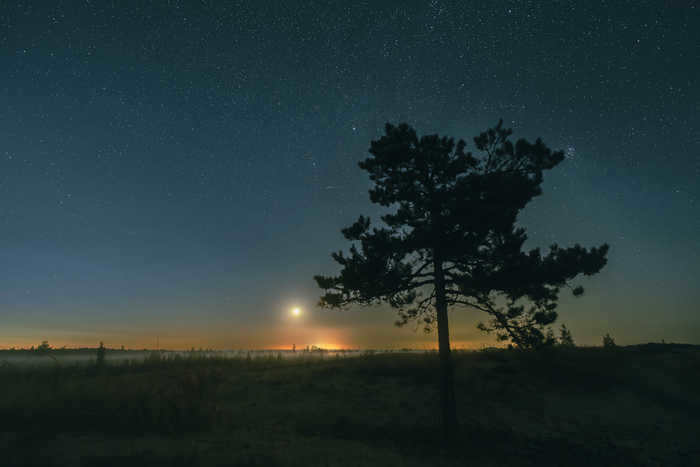
During this particular night, the Perseids were at their peak activity. Although meteors weren’t visible every minute, there was a guarantee of seeing one every five minutes. Unfortunately, these meteors seemed to appear either during pauses between frames or during moments when the camera was adjusting. Nevertheless, some of them managed to make their way into the captured frames.
Displayed above are the most vibrant meteors that were captured on camera. The quality of the photos may not be the best, but as they say, “proof or not.” It’s possible that there won’t be another opportunity like this for several years.
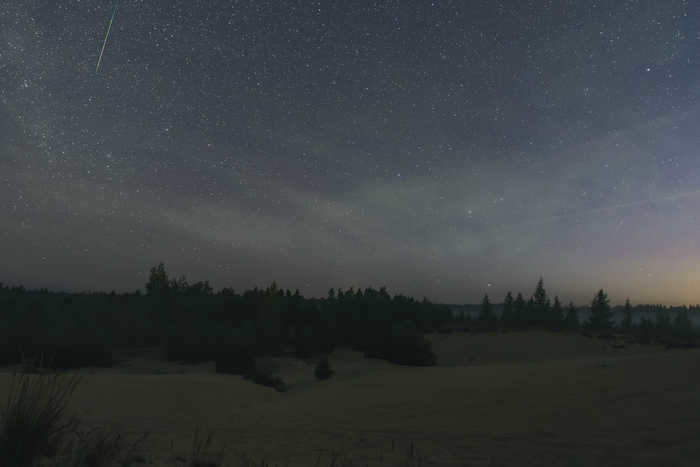
Using a Sony A7III and a Sigma Art 20mm F/1.4 DG DN lens, I captured a variety of shots with different settings. Most of the images were taken with a 15-second exposure, ISO 8000, and an aperture ranging from F1.4 to F1.6. I then processed the photos using Lightroom and Photoshop.

Orion Constellation Location in the Galaxy
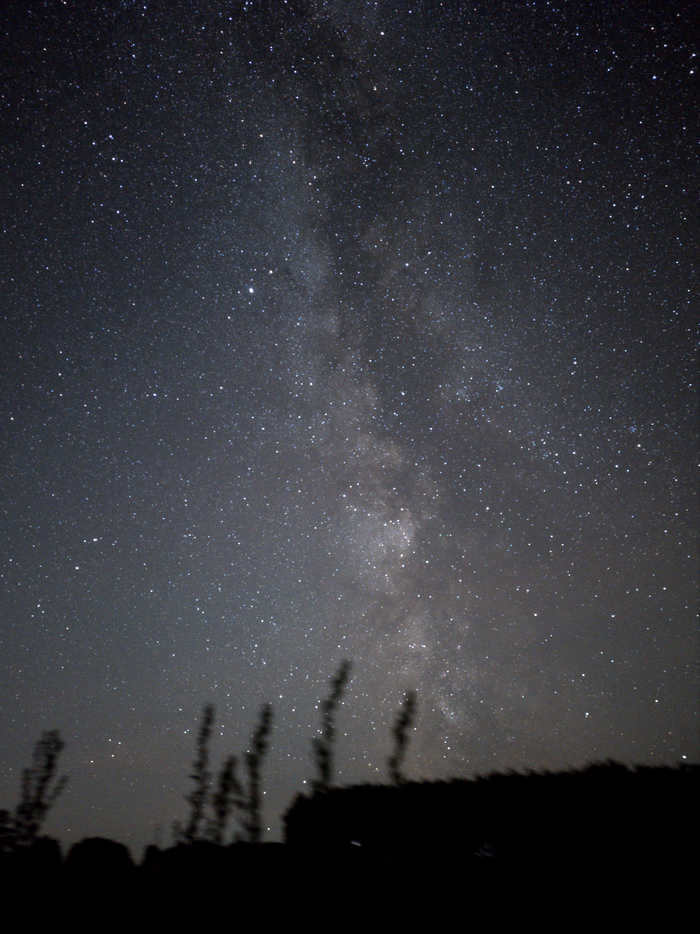
There are 10 pictures taken with a shutter speed of 15s and an ISO of 3200. The photos were captured using a Samsung s20fe smartphone in the Southern Urals, specifically in a green zone.

Perseids meteor shower
I also wanted to show you the outcome of spending 4 hours in the mosquito-infested fields of Belarus. Unfortunately, I was only able to capture one meteor with a low-quality Chinese fisheye lens. The other photos turned out to be of satellites.
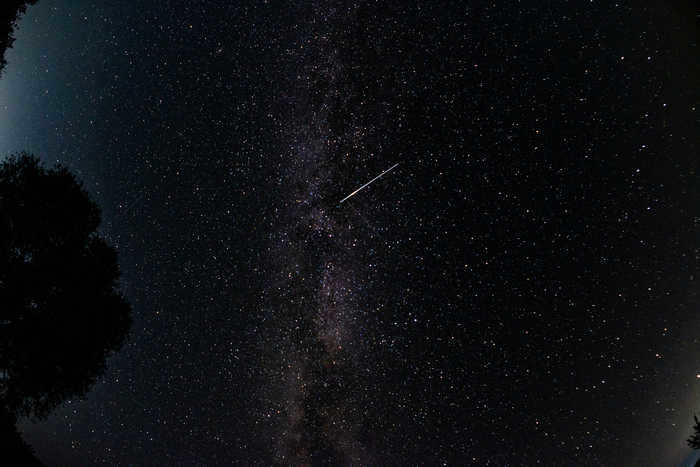
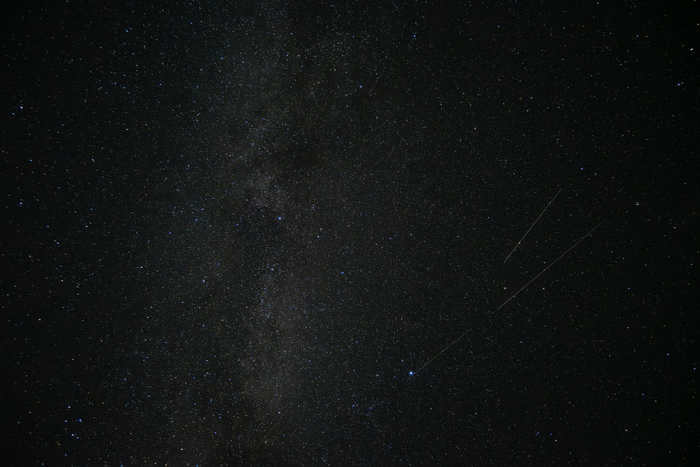
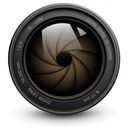
A taste of the Milky Way
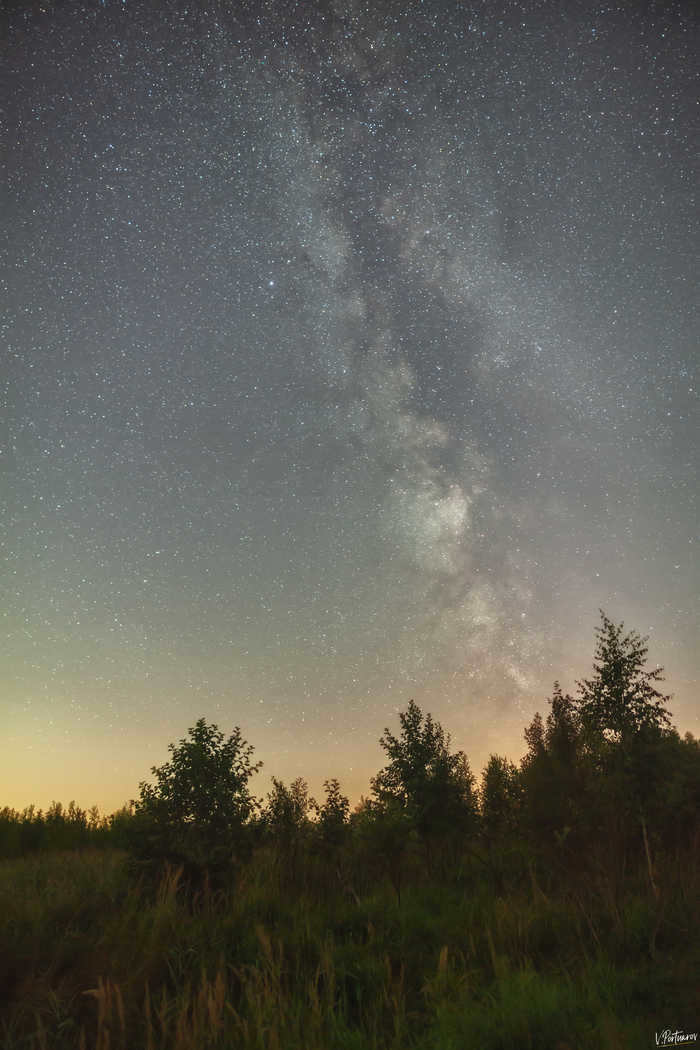

The Ilmen Lake and its Enchanting Starry Sky
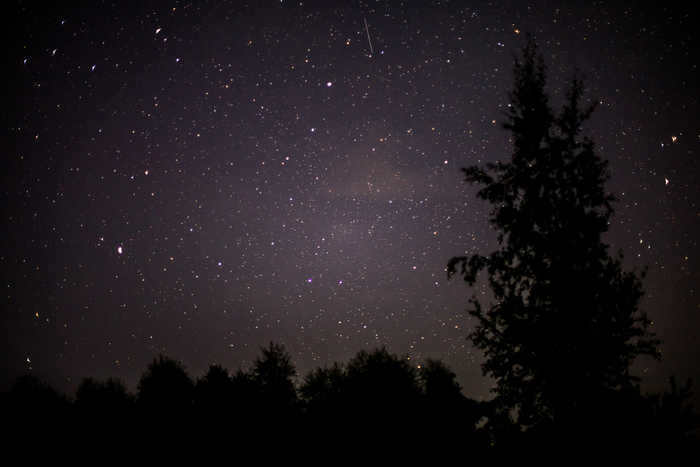
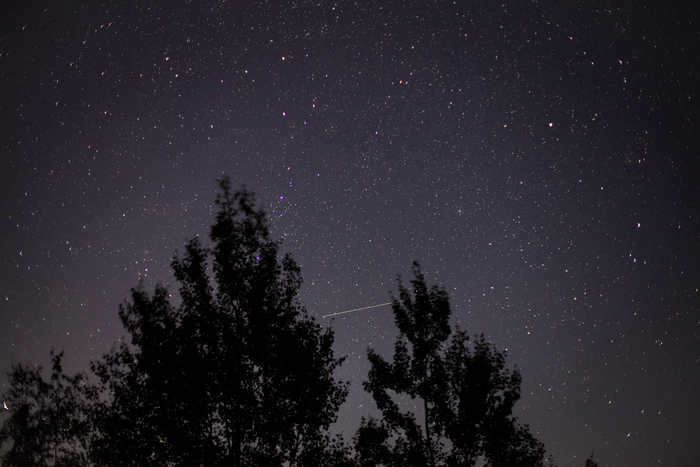
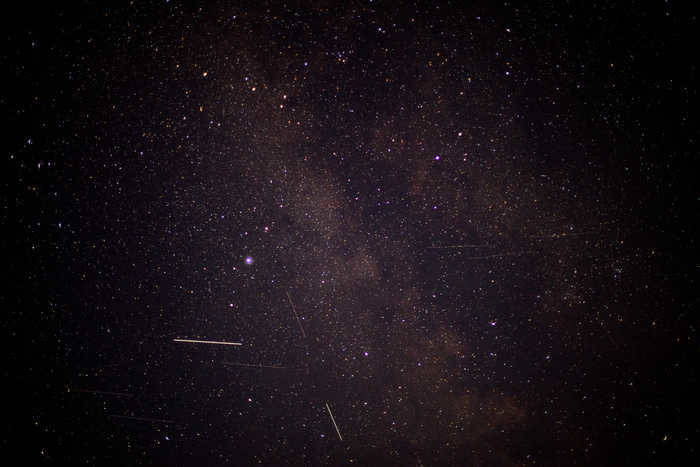
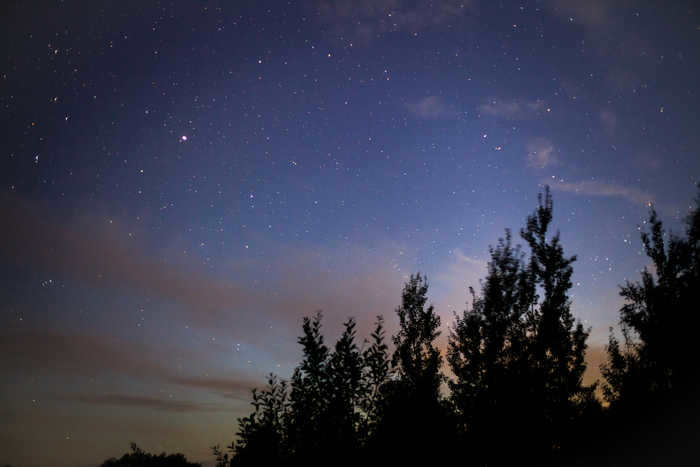
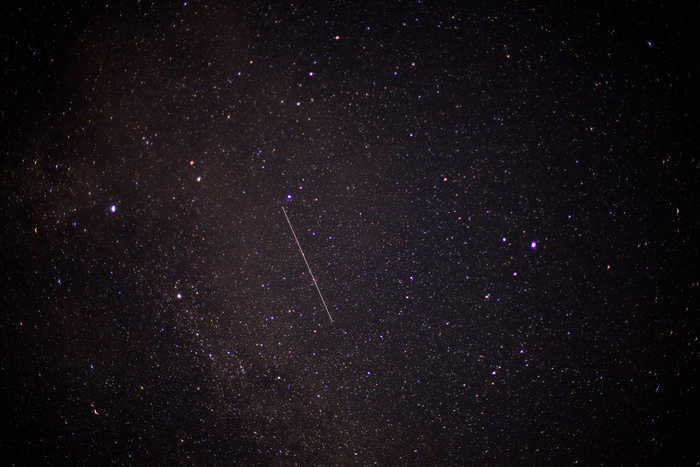

The silence of the night
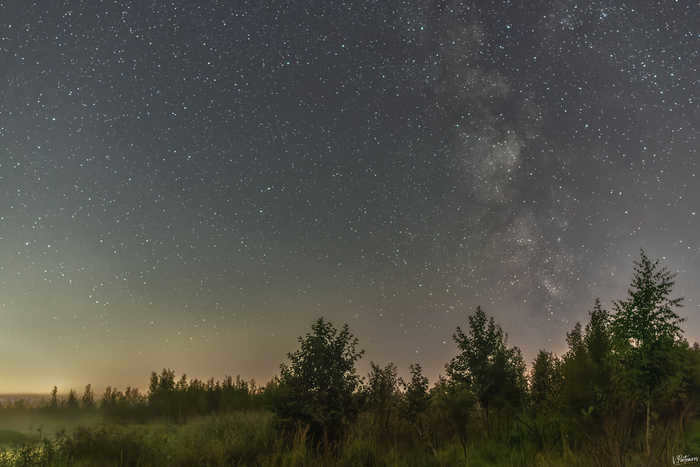
Cassiopeia
Located 80 km away from Minsk, the constellation Cassiopeia is captured beautifully in this photograph taken with a Nikon d80 and Nikkor 50mm 1.8 lens.
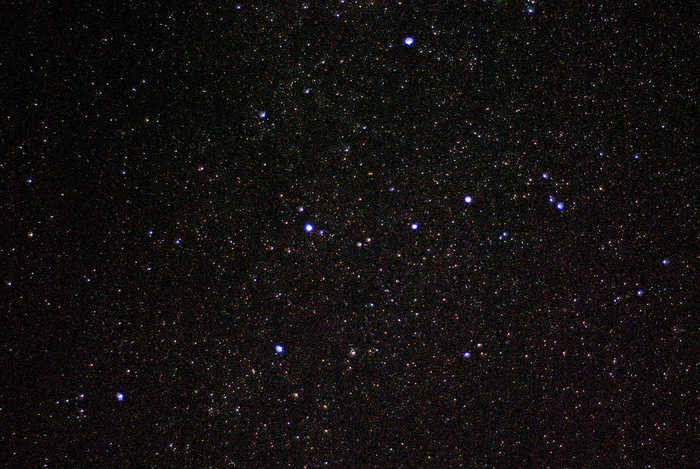

Andromeda Galaxy
On my first attempt to capture the Andromeda Galaxy through a telescope, things didn’t go as planned. Despite a 30-second exposure, I ended up with a frustrating dark cloud obscuring the view. Frustrated, I decided to switch gears and try photographing it with a tripod and a 50mm lens. Surprisingly, the results were much better. Now, I’m seeking advice from experienced astrophotographers on the correct technique for capturing Andromeda through a telescope. Any tips would be greatly appreciated! For reference, I’m using a budget-friendly Celestron 70lt az telescope.
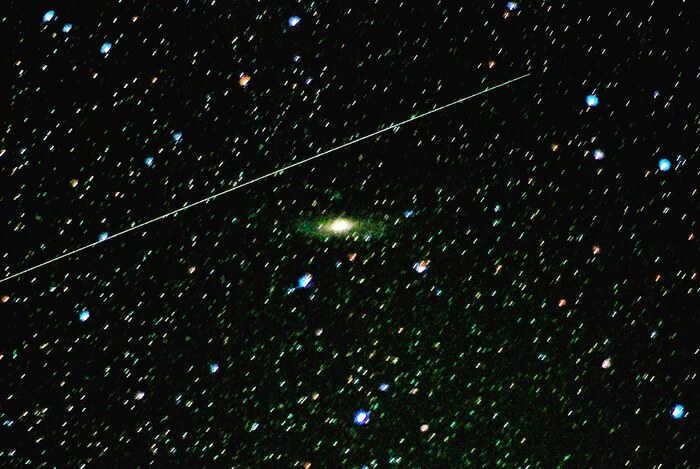
The Perseids meteor shower.
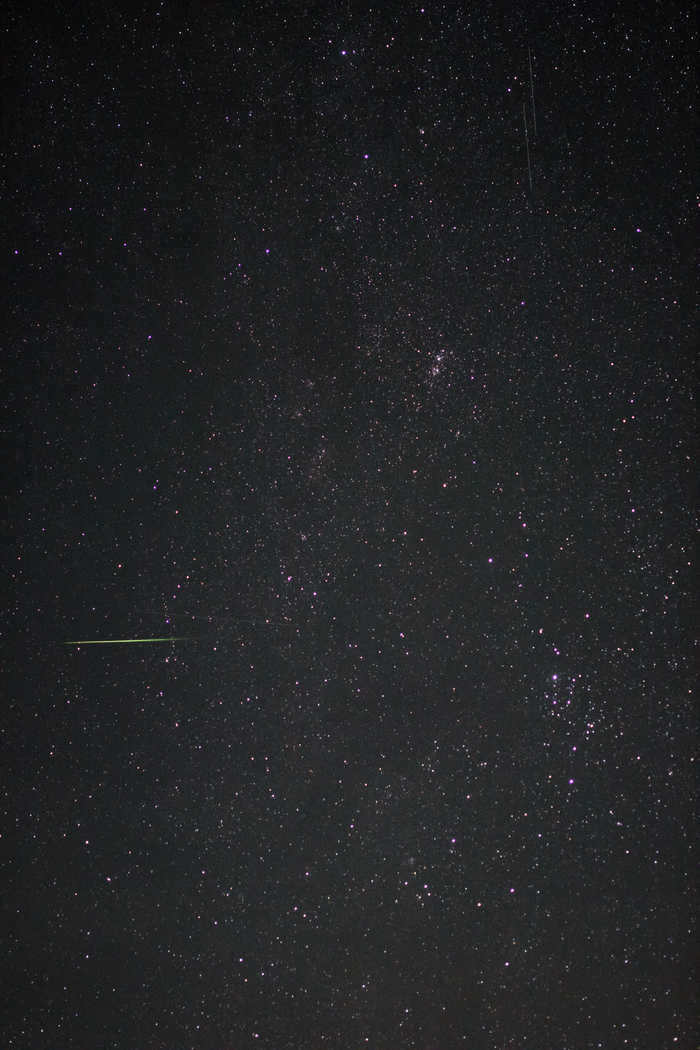
It was an incredible sight, witnessing the Perseids meteor shower and the stunning Milky Way in the starry sky.
These are the most desirable properties in the entire solar system.
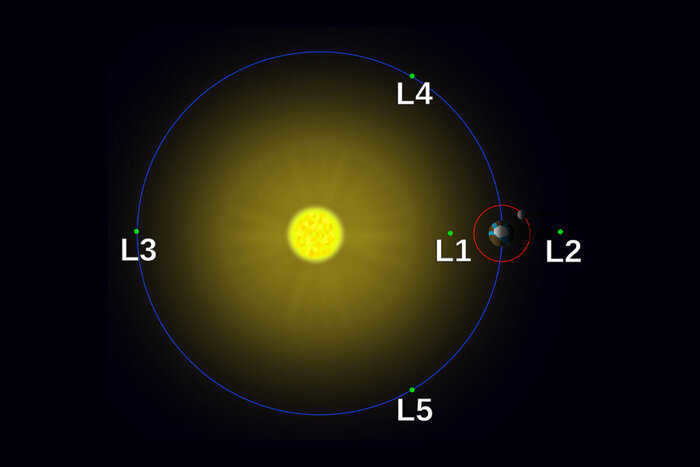
Every celestial body exerts gravitational influence on one another. Nearby objects are particularly sensitive to this influence. In these systems, other forces also come into play, collectively determining the appearance of the orbits of these “participants of motion.” Lagrangian points are where these forces are perfectly balanced. Therefore, if a relatively small mass is placed there, it will remain at a constant distance from the bodies that create islands of stability. These zones are metaphorically referred to as cosmic parking lots, as once something is in them, the need to expend energy to stay there practically disappears. Overall, this is an ideal location for any man-made object designed to remain in space for an extended period of time.
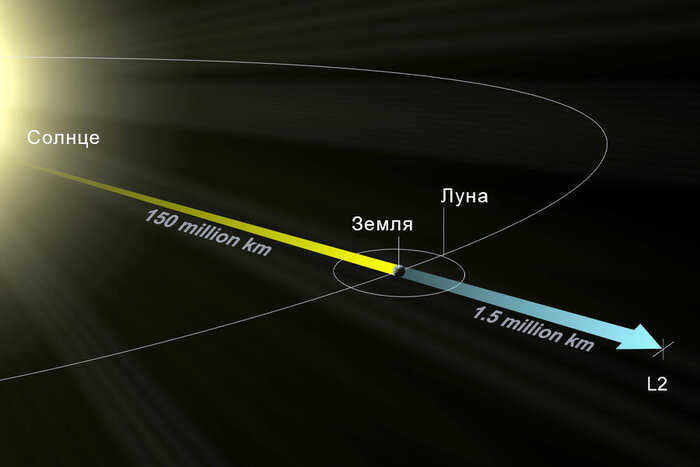
It is quite fascinating to ponder what can actually be positioned within a specific Lagrange point. Take, for instance, those formed by the gravitational interplay between the Sun and the Earth. L1 exists between these two celestial entities at a distance of approximately 1.5 million kilometers from our planet. With an unobstructed view of the star, it serves as the perfect vantage point for observing the Sun.
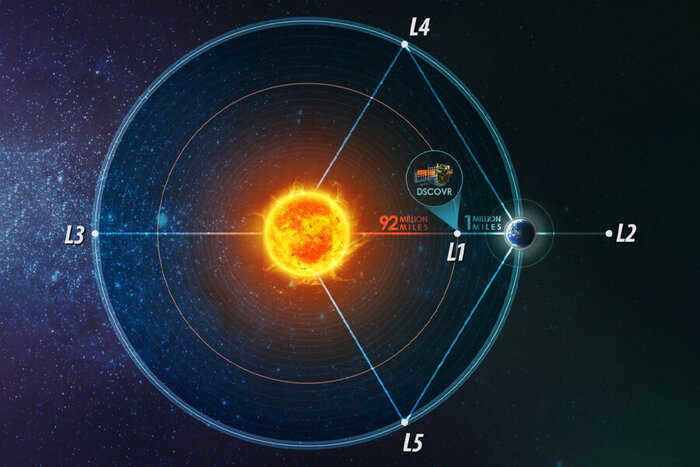
The Deep Space Climate Observatory is situated at Lagrangian point 1 and serves as an American spacecraft dedicated to observing the Sun and Earth.
L2, located on the far side of the Earth at an equal distance, offers a secure haven shielded from the Sun’s rays, providing unparalleled opportunities for observation in the opposite direction – towards the vast expanse of the cosmos. In 2022, the James Webb telescope, long-awaited by astronomers for two decades, commenced its operations in this extraordinary location.
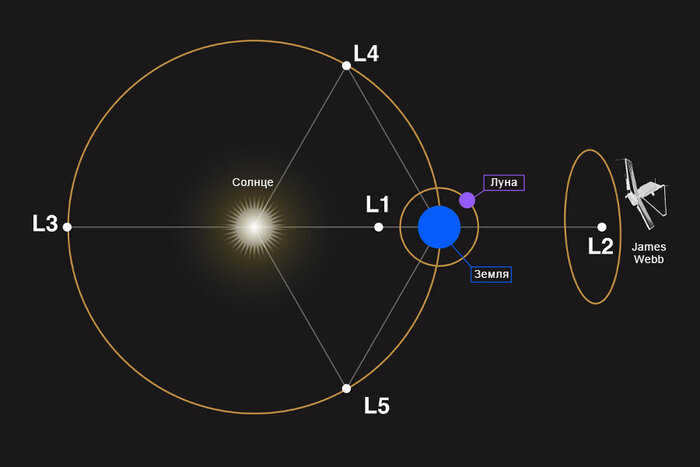
Located in the furthest reaches of the galaxy, in a place shrouded in mystery, lies the constellation of Orion. This celestial phenomenon is situated on the opposite side of Earth’s orbit from the Sun, at a point known as L3. Interestingly, L3 is the only spot in the entire Universe that is completely invisible from the planet’s surface, even in theory. It is no wonder that science fiction writers often find inspiration in this enigmatic location. However, despite its allure to the imagination, scientists have relatively little interest in exploring it.
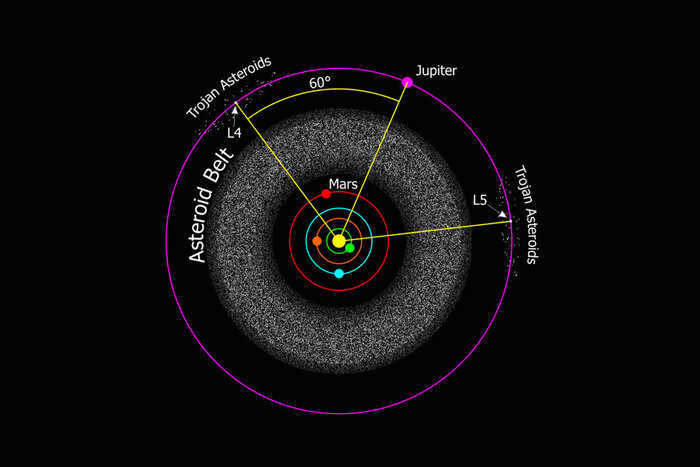
Each Lagrangian point in the solar system possesses its own unique characteristics. Some of them have the potential for gathering construction materials, if one considers drifting asteroids as such. Others could serve as locations for refueling stations to replenish fuel for spacecraft traveling through the vastness of space. It is also conceivable that human colonies could be established in these points. This, of course, is a matter of the distant future, which we may not witness, given the current state of affairs on Earth. Nevertheless, it is always good to dream, isn’t it?
Thank you for your attention! If you enjoyed the article, please show your support by giving it a “thumbs up” or subscribing to this channel. We would also like to take this opportunity to mention that we have our own Telegram channel where we regularly share fascinating posts about space and astronomy.





